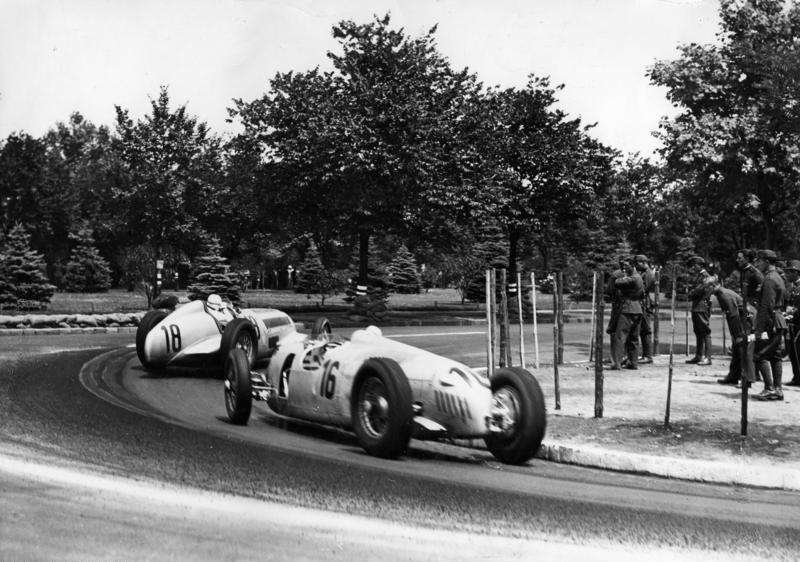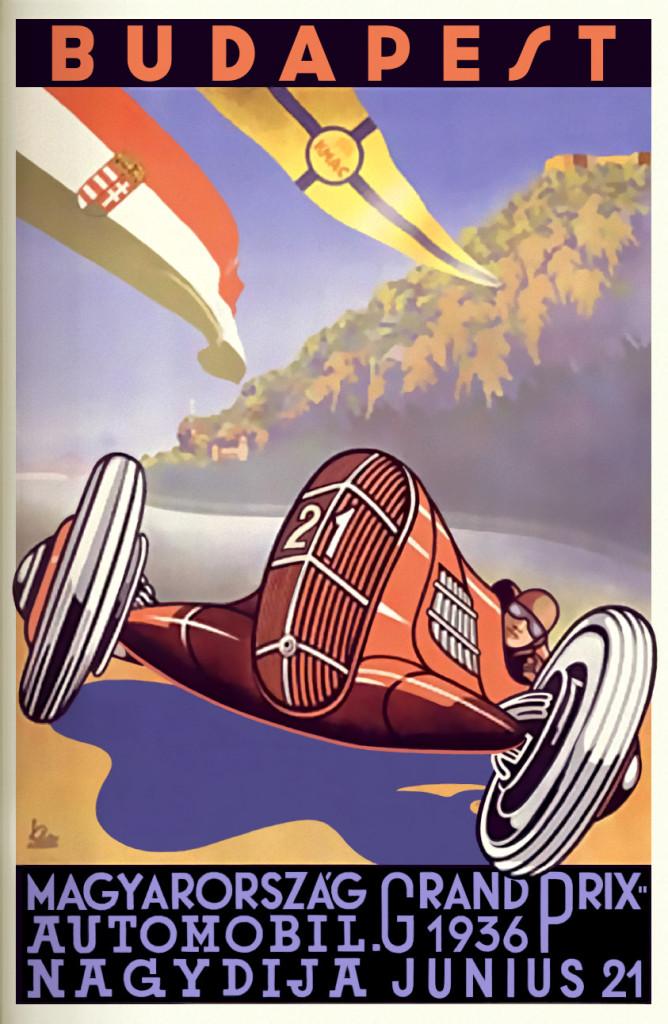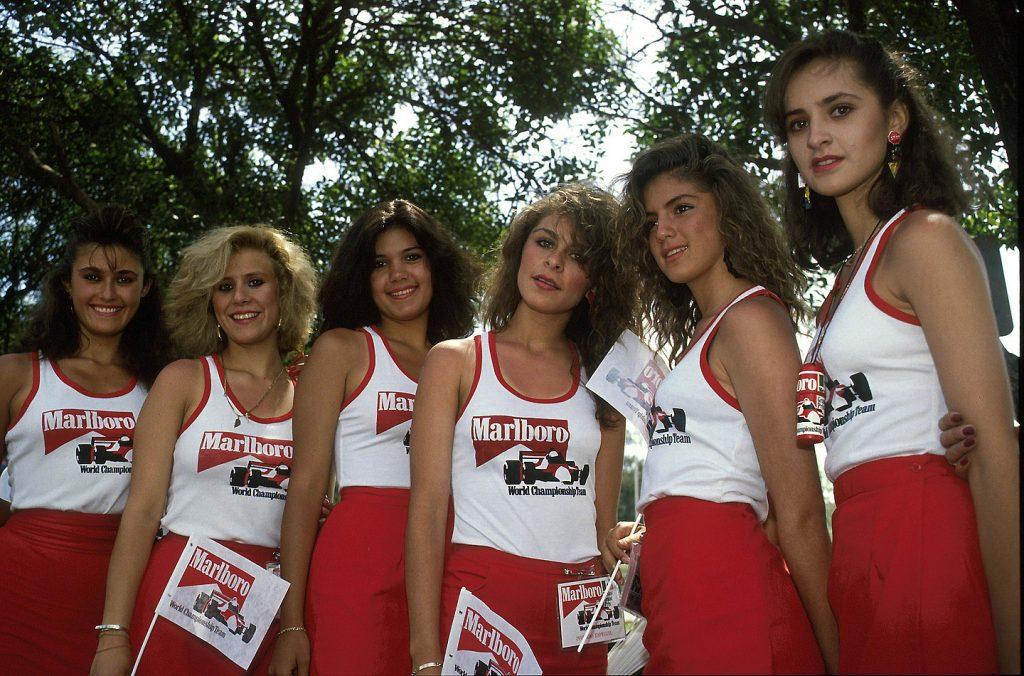
The addition of the Hungarian Grand Prix to the Formula 1 calendar in 1986 represented the start of a new chapter in Budapest’s tradition of hosting high-profile motor racing events, which stretches back to the pre-WW2 era. Gabor Vajda guides us around the historic race venues of the Hungarian capital.
Main image Bundesarchiv.
Most large cities in the world, particularly in Europe, can boast some sort of motor racing heritage and Budapest is no exception. Its well-established Grand Prix at the purpose-built, permanent Hungaroring circuit on the outskirts of the city has been a constant presence on the F1 calendar for over 30 years. The city’s history of racing, however, goes well beyond that. There are quite a few former, temporary racing venues scattered around the city, which are worth a look.

Népliget
We first head to Népliget (People’s Park) in the southeast of the city. The park is located opposite the main coach bus station and easy accessible via Metro 3. Népliget hosted the 1936 Hungarian Grand Prix. Nuvolari won the race ahead of Rosemeyer, Caracciola, Stuck and Chiron (poster opposite courtesy Magyar GP legendák). It was the era of the dominant ‘Silver Arrows’ of Auto Union and Mercedes-Benz. Click here to watch a video of the race. Apart from one chopped-off corner, the layout of the former circuit is intact. The start/finish straight is a regular street, but the rest of the track, comprised of lots of fast kinks and some 90-degree turns, can still be found inside the park. Look closely and you can still spot fragments of original 1936 white paint on some of the curbs. Grand Prix racing wouldn’t return to Budapest until 1986, but the park circuit hosted other races in the interim, including smaller motorcycle and car racing events up until the mid-70s. One notable example included a Formula Vee race featuring a young Niki Lauda, pictured below (image courtesy nol.hu).


Városliget
After WW2, most racing activities moved to Városliget (City Park), which is situated to the north of Népliget in the cultural centre of Pest, close to the Nyugati (Western) railway station. Easiest access to the park is by Metro 1. It is behind Hősök tere (Heroes’ Square) at the end of the scenic Andrássy road.
The majority of racing in the 1950s included motorbikes and ‘junkyard’-build competition cars, which were well suited to the tight, twisty nature of the park circuit. In 1964, Városliget also hosted a round of the European Touring Car Championship, which was won by Hubert Hahne in a BMW 1800 T1 (see the event poster above, courtesy Antikregiseg.hu). This was also the race where Ken Tyrrell first spotted the talent of Jacky Ickx, who was driving a Lotus Cortina. A Formula 1 and sports car legend was born.

Svábhegy
In the early 1930s, the hills in the northwestern part of the city hosted some of Europe’s most prestigious hill climbs and welcomed many of the era’s greats, who also raced on the original Népliget circuit. One of the most scenic and accessible locations is Svábhegy or Istenhegy (God’s Mountain). Istenhegyi út makes up the majority of the former European Championship hill climb, and winds through some of the wealthiest enclaves of the city. It begins close to the Déli (Southern) railway station, which is also accessible by Metro 2 (see picture opposite, courtesy Globetrotter19).

Dabas
Rating an honorable mention, we must cite the stretch of road next to Dabas, outside Budapest (pictured opposite, image by Beroesz). Part of the London to Istanbul transcontinental superhighway, road no. 5 has its story, too. Built in the 1930s with then cutting-edge concrete technology, the surface enabled high speeds and a 5 kilometer stretch was specifically designed for land-speed record attempts. According to contemporary reports, only Daytona Beach was faster than the strip near Budapest. What looks like a boring piece of road was once the second fastest place on the planet for motorcycles!

Formula 1 ventures behind the Iron Curtain
The return of the Hungarian Grand Prix was first planned in the mid-1970s. A track was designed next to Lake Velence, 50 kilometers away from Budapest. Juan Manuel Fangio accepted an invitation to supervise the project, but it fell through due to political reasons. At the time, Bernie Ecclestone wished to expand Formula 1 into the Soviet Union but when negotiations with Moscow collapsed, he turned to Támas Rohonyi, his personal friend and the promoter of the Brazilian GP, who suggested Hungary as a host. Both Népliget and Városliget were considered as potential venues, as was a city center street circuit.
Finally, it was decided that a permanent new racetrack would serve as the best option and the location of Mogyoród, 19 kilometers northeast of the city, was chosen as the site. The Hungaroring circuit was built in just eight months and welcomed an estimated 200 000 fans from all over the Eastern Bloc for the inaugural race in 1986, which was won by Nelson Piquet.



Could I just point out that the Dabas section should really be named the Gyon section. The time trials and races done on this section of road where known as the Gyon. Whilst a little further out, but still on the same subject, the Tat section of the old E5 was also used for time trials and the Tat Kilometre Race.
Noted hill courses also included the Guggerberg, the Harmashatar, the Godollo and, again further out, the Parad-Gyongyor. All famed in the 1920’s and 30’s